This post contains affiliate links for products we love. Fusion Craftiness earns a small commission on these links at no cost to you.
Perhaps the original one-pot-meal that hails from the 1700’s. This Danish stew was popular on ships back before refrigeration. Made from salted meat, potatoes and onions, this stew saved the day on long voyages. Aaaannd guess what? It’s absolutely delicious! Not exaggerating, darling daughter kept sneaking in the kitchen to snack on it before it was done cooking.

This thick stew will please both young and mature palates. The ingredients are plain enough to be a kid friendly recipe but still sophisticated enough for the parents too! This is truly a one-pot-meal so very few dishes to wash but maybe perfect for a weekend since it does simmer for 2 hours. You can feed a lot of people on the cheap too!
I am hoarding my library’s copy of Scandinavian Comfort Food, Embracing The Art Of Hygge by Trine Hahnemann. Nobody has it in reserve so I just keep renewing on-line. I might have to breakdown and buy this book, it’s a great starter cookbook for anybody thinking of delving into Scandinavian cooking. Most of the recipes are simple and easy to make but have that authentic Scandinavian essence to it, probably because it’s written by a Danish chef. She’s great, this book is great and this stew which was inspired by this book is great. Definitely gift it a test run if your library carries it.
This stew makes perfect sense to me, lover of all good stories from the past. I don’t know how long Labskovs goes back but I think as soon as ships were invented and pots were first molded, this old sailors stew was invented. There wasn’t refrigeration back in the 1700’s and beyond. Food preservation was done with salting, brining, pickling, smoking, dehydrating etc. Long voyages on ships were especially challenging when it came to planning and preparing food for the hungry sailors. This recipe was made in one pot using salted meats, potatoes and onions and sometimes served with pickled gherkins or beets. Spices were added when available. It was stewed over a couple of hours allowing the tough meat to tenderize and the flavors to meld. Also by stewing over a long time, it would have been easier logistically to serve sailors as they were relieved for dinner.
This isn’t just a Danish stew, this popular recipe spread to all of the Scandinavian and Northern European port cities and each country put their little stamp of originality into it.
Lapskaus (Norway)
Norwegians use leftover lamb, pork or beef and root vegetables such as carrots, onions, leeks, celery root and rutabagas. Eighth Avenue in Brooklyn (between 50th and 60th streets) is known as Lapskaus Blvd. due to the heavy Norwegian immigrant population there.
Labskojs ( Sweden)
Swedes make this with beef and mashed potatoes.
Labs Kauss (Latvia) –
Means ‘Good Bowl’ in Latvian. Leave a comment if you know what is in the Latvian version. I couldn’t find any references to it.
Labskaus (Hamburg, Germany)
Germany’s version is possibly the most fancy and definitely the brightest. The meat and potatoes are cooked with beet root and develops a bright pinkish-reddish color that really stands out. It is usually topped with or served on the side, a bit of pickled gherkin, and pickled herring rolled up around something savory known as a ‘Rollmop’. I’ve heard Germanys version is exceptional so if you are ever in Northern Germany, try it, don’t let the loud color scare you.
Lobscouse (Liverpool, England)
A modern day favorite in Liverpool that was originally made with beef, onions and pepper, served with ship’s biscuit which is a thick cracker. Today there are variations that differ quite a bit depending on what pub you are in. Lobscouse is so common in Liverpool that the residents in Liverpool are known as ‘Scouse’, similar to Germans being known as ‘Krauts’. Scouse style is also a ‘thing’. Think big hair and lots of makeup, similar to Dallas, Texas (Dallas big-hair anyone?)
Stew 101
Stew really is just beef and vegetables boiled in a pot. If you ever wondered what makes stew thick, it’s the starch. The starch can come from potatoes, flour and grain such as rice, barley, cornmeal etc. Common vegetables include root veggies such as carrots, onions, potatoes, celery root and parsnips. These root vegetables are some of the only vegetables that can be grown in the Northern climates’ short growing season so stew variations are quite common to Northern Latitude countries.
A lot of people wonder what cuts are stew meat or which steak for stew. The absolutely correct answer is, whatever meat you have! Stew is generally simmered or baked for an extensive amount of time, giving tough meat a chance to tenderize. Don’t waste your money on expensive cuts of meat and use up any meat that is lingering in your freezer.
Flavor in stew mostly comes from the vegetables but herbs and spices are common too. Fresh herbs are great, especially added at the very end or just lobbed on top as a garnish. Dried herbs are more potent so use a small amount. Also, kind of as a rule, don’t use more than two varieties of herbs unless it’s a popular herb blend such as Italian seasoning blend or Za’atar. You could overpower your stew if you use too many varieties. You can make stew spicy too with black pepper, paprika, chile powder etc.
So, don’t be afraid to whip up some stew, it smells amazing on a lazy Spring or Fall day! What about Summer you ask? Make it in the crockpot, it will still smell amazing but won’t heat up your kitchen:) Winter? Stew is a great way to heat up your house, high five!
P.S. Remember, you can feed a lot of people for cheap too!
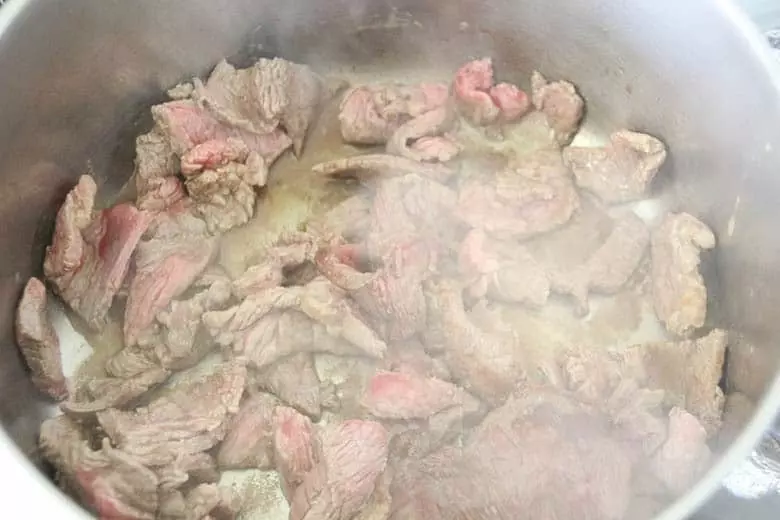
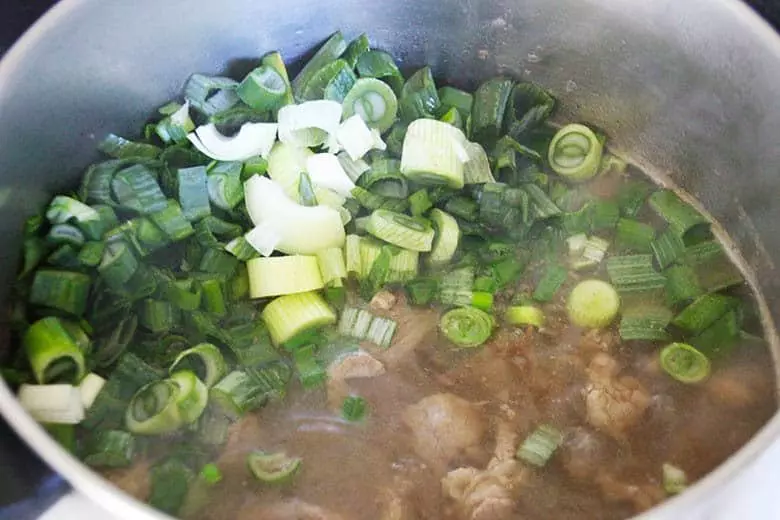
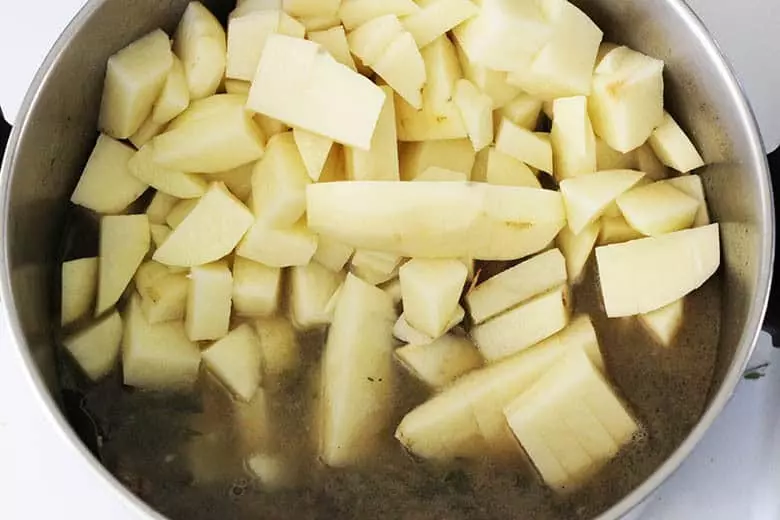
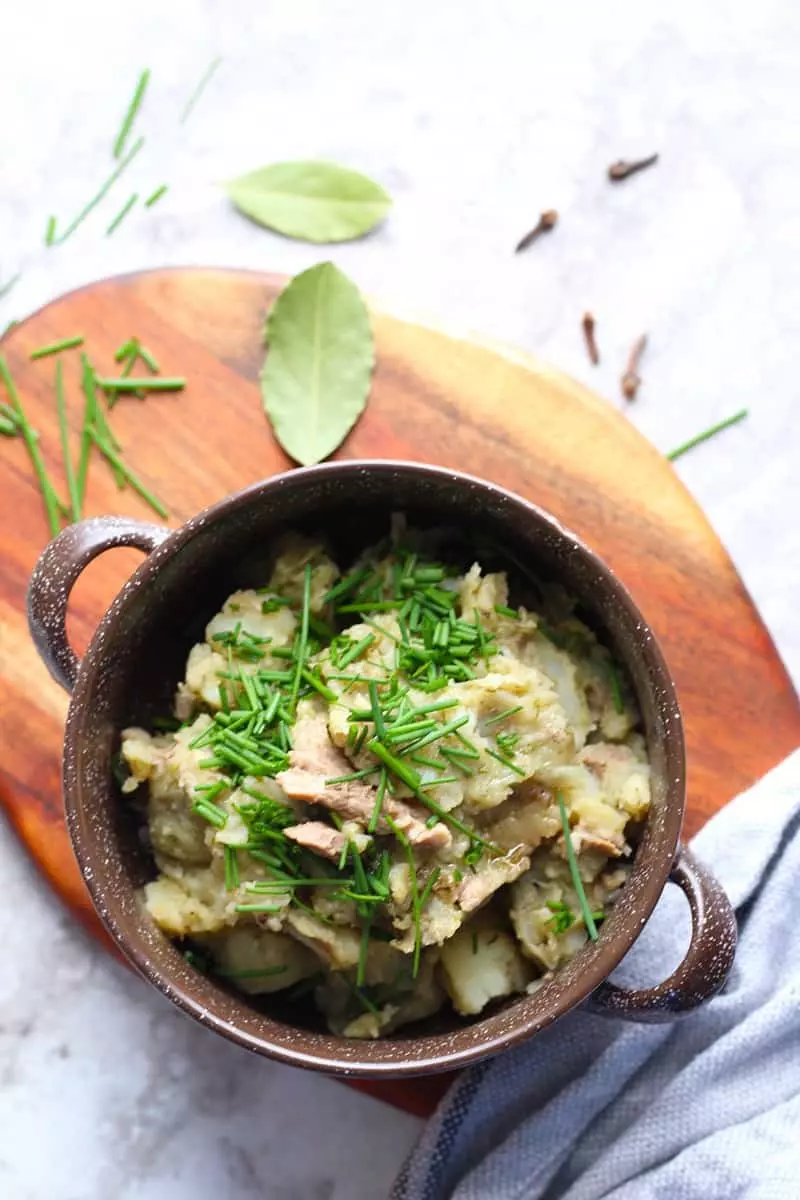
Did you make this recipe? Don’t forget to rate the recipe and comment below! Take a picture and tag us @FusionCraftiness #FusionCraftiness on Instagram for a chance to be featured in our Insta Stories:)
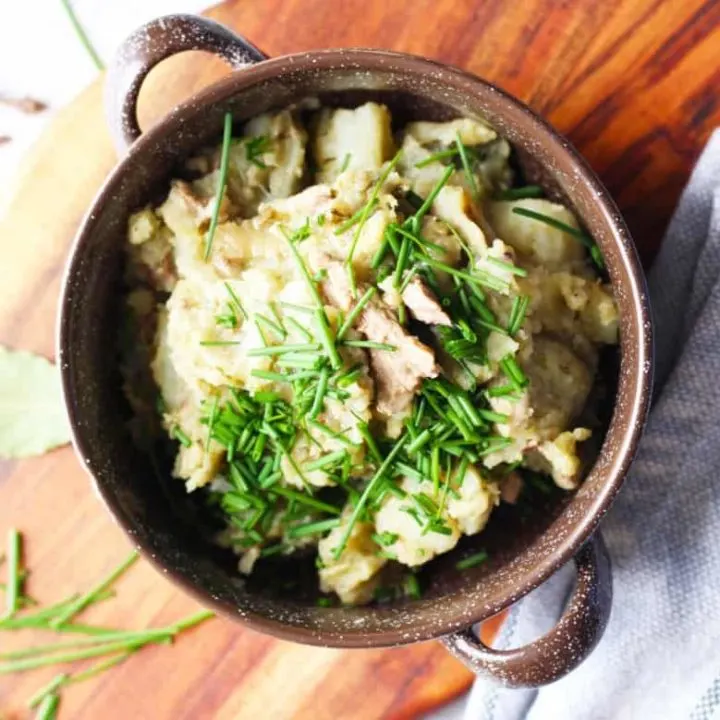
Labskovs Danish Stew
Perhaps the original one-pot-meal that hails from the 1700’s. This Danish stew was popular on ships back before refrigeration. Made from salted meat, potatoes and onions, this stew saved the day on long voyages. Aaaannd guess what? It’s absolutely delicious! Not exaggerating, darling daughter kept sneaking in the kitchen to snack on it before it was done cooking.
Ingredients
- 3 Tbs salted butter
- 1 1/2 lb beef, your choice, trimmed and cut into bite sized pieces.
- 5 cups water
- 6 bay leaves
- 2 scallions, diced
- 1/4 cup fresh thyme
- 1/2 tsp black pepper
- 1 tsp salt
- 6 cloves
- 5 medium russet potatoes, peeled and cut into 1 inch cubes.
- 1/4 cup fresh chives, chopped
Instructions
- In a large soup pot over medium high heat, add the butter. When the butter is melted add the beef and brown on all sides.
- Add the water and bring to a simmer. Skim off any scum that forms, then add the next six ingredients. Simmer for one hour.
- Add the potatoes and simmer for another hour.
- Drain off almost all of the water if there is any left. Stir the potatoes and meat with a wooden spoon and mash the potatoes. Alternatively you can use a whisk, I find a wooden spoon easier. Check for seasoning, add more salt if needed.
- Serve and garnish with chives.
Notes
- You can use cheap beef here. The meat simmers and even cheap cuts will become tender.
- The herbs you use is very flexible. Good choices are taragon, oregano, sage, parsley.
Recommended Products
As an Amazon Associate and member of other affiliate programs, I earn from qualifying purchases.
-
 Mercer Culinary Millennia Black Handle, 8-Inch, Chef's Knife
Mercer Culinary Millennia Black Handle, 8-Inch, Chef's Knife -
 Healthy Cooking Utensils Set - 6 Wooden Spoons For Cooking – Natural Nonstick Hard Wood Spatula and Spoons – Uncoated and Unglued – Durable Eco-friendly and Safe Kitchen Cooking Tools.
Healthy Cooking Utensils Set - 6 Wooden Spoons For Cooking – Natural Nonstick Hard Wood Spatula and Spoons – Uncoated and Unglued – Durable Eco-friendly and Safe Kitchen Cooking Tools. -
 AmazonBasics Enameled Cast Iron Covered Dutch Oven, 6-Quart, White
AmazonBasics Enameled Cast Iron Covered Dutch Oven, 6-Quart, White
Nutrition Information:
Yield: 10 Serving Size: 1Amount Per Serving: Calories: 319Total Fat: 17gSaturated Fat: 8gTrans Fat: 0gUnsaturated Fat: 7gCholesterol: 68mgSodium: 324mgCarbohydrates: 20gFiber: 3gSugar: 1gProtein: 21g
More Soup Recipes:
Kimchi Udon Noodle Soup

Roasted Vegetable Soup With Tahini & Za’atar
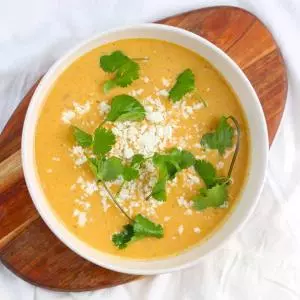
Senegalese Chicken Soup


Elin Meredydd Tomos
Monday 5th of November 2018
We also have it in North Wales and we call it Lobscows - it's made with beef usually . We oftne say it's the North Walian version of 'Cawl'
Tina
Tuesday 6th of November 2018
Hey Elin, I remember reading that Labskovs/Lobscows was spread by Danish sailors to all of the ports in that area. Is it something your mother made or that you have fond memories of? What does 'Cawl' refer to, you have me curious now:)
Bianca
Wednesday 21st of February 2018
This looks really hearty, great for cold Winters, and so easy. I'm going to make this probably tomorrow, looking forward to this.
Robbie
Wednesday 19th of July 2017
This stew looks great, can't wait to try it out this weekend with my family. Thanks for sharing
Tina
Friday 28th of July 2017
Many happy returns Robbie!
MEGAN MCDUFFIE
Tuesday 6th of June 2017
I guess I have never contemplated the origins of stews before, so this post was very interesting! I'm always amazed at how people of generations past problem solved and managed life before our modern luxuries. And I'm grateful that so many of their solutions resulted in delicious foods we still enjoy today ;)
Tina
Tuesday 6th of June 2017
I am glad you found that interesting Megan! It's hard to believe they could preserve food like they did, I can't imaging life without a refrigerator:)
Tiffany
Thursday 1st of June 2017
Omg this looks so good! A good hearty stew sounds delicious for dinner.
Tina
Thursday 1st of June 2017
I love stews too! Hope you like it!